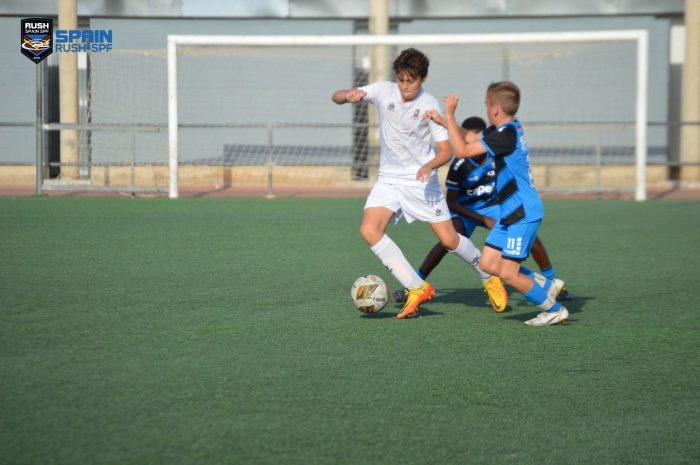Soccer academies in spanish speaking countries are mainly geared towards – Soccer academies in Spanish-speaking countries are primarily geared towards developing young players with exceptional skills and a deep understanding of the game. These academies provide a structured and supportive environment that fosters the growth of talented individuals, shaping them into future stars both on and off the field.
With a focus on technical proficiency, tactical acumen, and physical conditioning, these academies play a pivotal role in the development of soccer in Spanish-speaking nations. They create a pathway for young players to hone their skills, gain international exposure, and ultimately achieve their dreams of playing at the highest levels of the sport.
Target Audience

Soccer academies in Spanish-speaking countries primarily focus on youth players between the ages of 8 and 18. These academies target players with varying skill levels, from beginners to elite prospects. The socioeconomic background of the students varies, with some academies catering to underprivileged communities and others targeting affluent families.
Cultural factors also play a role, as soccer is deeply ingrained in the culture of many Spanish-speaking countries, making it a popular sport for children to participate in.
Training Methodology
Soccer academies in Spanish-speaking countries employ a holistic training methodology that emphasizes technical skills, tactical knowledge, and physical conditioning. Technical skills are developed through drills and exercises that focus on ball control, passing, shooting, and dribbling. Tactical knowledge is taught through game simulations and analysis, helping players understand positional play and team strategies.
Physical conditioning is achieved through a combination of cardiovascular exercises, strength training, and agility drills.
Curriculum Structure

The curriculum structure of soccer academies in Spanish-speaking countries varies depending on the age and skill level of the students. However, there are some common elements across academies. The curriculum typically includes a balance of technical skills, tactical knowledge, and physical conditioning.
The technical skills component focuses on developing ball control, passing, shooting, and dribbling. The tactical knowledge component teaches players about positional play, team strategies, and game analysis. The physical conditioning component includes cardiovascular exercises, strength training, and agility drills.
Player Development Pathways
Soccer academies in Spanish-speaking countries provide players with a clear pathway to professional soccer. Many academies have partnerships with professional clubs, which allows players to train with and play for the club’s youth teams. The most promising players may eventually be promoted to the club’s first team.
Academies also collaborate with national teams, providing players with opportunities to represent their country at the youth and senior levels.
International Exposure: Soccer Academies In Spanish Speaking Countries Are Mainly Geared Towards

International exposure is crucial for players in soccer academies in Spanish-speaking countries. Academies often organize international tournaments and tours, allowing players to showcase their skills and gain experience against different styles of play. International exposure also helps players develop their cultural awareness and adaptability.
Cultural Impact

Soccer academies in Spanish-speaking countries have a significant cultural impact. They contribute to the development of local communities by providing opportunities for youth to participate in organized sports. Academies also promote a sense of national pride, as they help develop players who represent their country at the international level.
Soccer is deeply ingrained in the culture of many Spanish-speaking countries, and academies play a vital role in shaping the cultural identity of these countries.
FAQs
What is the primary focus of soccer academies in Spanish-speaking countries?
Soccer academies in Spanish-speaking countries primarily focus on developing young players with exceptional skills and a deep understanding of the game.
How do these academies contribute to the development of soccer in Spanish-speaking nations?
These academies play a pivotal role in the development of soccer in Spanish-speaking nations by providing a structured and supportive environment that fosters the growth of talented individuals.
What are the key elements of the training methodology employed by these academies?
The training methodology employed by these academies emphasizes technical proficiency, tactical acumen, and physical conditioning, creating a well-rounded foundation for young players.